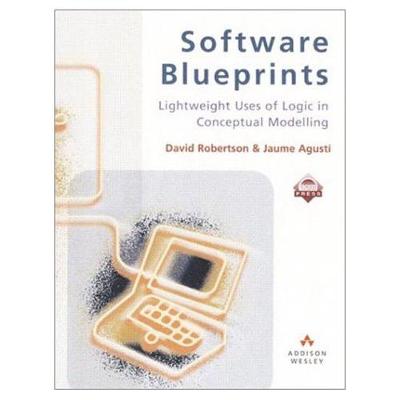ACM Press
1 total work
Conceptual models are descriptions of our ideas about a problem, used to shape the implementation of a solution to it. Everyone who builds complex information systems uses such models - be they requirements analysts, knowledge modellers or software designers - but
understanding of the pragmatics of model design tends to be informal and parochial. Lightweight uses of logic can add precision without destroying the intuitions we use to interpret our descriptions. Computing with logic allows us to make use of this precision in providing automated support tools. Modern information scientists need to know what these methods are for and may need to build their own. This book gives you a place to begin.
Where do you start when building models in a precise language like logic? One way is by following standard paradigms for design and adapting these to your needs. Some of these come from an analysis of existing informal notations. Others are from within logic itself. We take you through a sample of these, from more commonplace styles of formal modelling to non-standard methods such as techniques editing and argumentation. Each of these provides a window onto broader
areas of applied logic and gives you a basis for adapting the method to your own needs.
understanding of the pragmatics of model design tends to be informal and parochial. Lightweight uses of logic can add precision without destroying the intuitions we use to interpret our descriptions. Computing with logic allows us to make use of this precision in providing automated support tools. Modern information scientists need to know what these methods are for and may need to build their own. This book gives you a place to begin.
Where do you start when building models in a precise language like logic? One way is by following standard paradigms for design and adapting these to your needs. Some of these come from an analysis of existing informal notations. Others are from within logic itself. We take you through a sample of these, from more commonplace styles of formal modelling to non-standard methods such as techniques editing and argumentation. Each of these provides a window onto broader
areas of applied logic and gives you a basis for adapting the method to your own needs.
